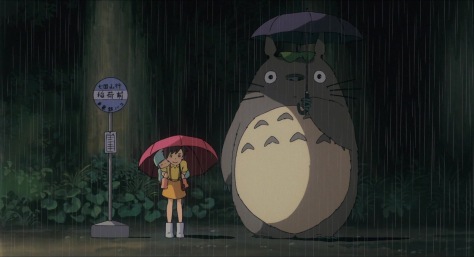By Dennis Hartley
(Originally posted on Digby’s Hullabaloo on May 5, 2012)

Let’s face it. At some juncture, we’ve all been whores. Take me, for example. I used to be a rent boy. OK, “stand-up comic” (same thing). I think it was Jay Leno who once drew some astute parallels. I’m paraphrasing, but it was along the lines of: “You degrade yourself entertaining strangers, but it’s over in 20 minutes and you get fifty bucks.” Or, have you ever had a job that you despised, but didn’t quit because the money was too good? If you answered “guilty”, I submit, sir or madam, that you have prostituted yourself!
Social observers have gleaned similar parallels with (smelling salts and fainting couch on standby?) marriage. In her book Nights at the Circus, Angela Carter posits: “What is marriage but prostitution to one man instead of many?” The great Emma Goldman once offered this: “To the moralist prostitution does not consist so much in the fact that the woman sells her body, but rather that she sells it out of wedlock.”
And so it is that Polish writer-director Malgorzata Szumowska has dusted off this somewhat, erm, hoary feminist conundrum for reexamination in Elles: If a woman chooses to profit from her sexuality, is she empowering…or enslaving herself?
Juliette Binoche portrays Anne, a writer for ELLE magazine. She is working on an investigative piece profiling two young Parisian women (Anais Demoustier and Joanna Kulig) who are “working their way through college” as call girls.
At first, Anne maintains professional distance; however as she delves deeper into their lives, she transmogrifies from objective journalist into giggly confidante. Intoxicated by their youth, independence and sexual candor, Anne is copping something akin to a mainline rush as the women regale her with intimate details about their work. On the down side, the interviews are plunging Anne into an existential crisis.
On the surface, Anne’s lot in life doesn’t appear to be analogous to that of the two young women; in fact it is the very antithesis. Anne is older, financially secure, and settled into a comfortable bourgeois life with her husband and two children. What reason would she have to envy them?
Perhaps, when Anne contrasts the relatively adventurous lifestyles of the prostitutes with her own daily drudge of familial obligations and job deadlines, she discerns a sort of empowerment (not unlike Catherine Deneuve’s bored housewife ‘Severine’ in Luis Bunuel’s 1967 film, Belle de Jour).
Arguably, any true empowerment there is purely academic. That is, unless you feel “empowered” by allowing someone to urinate on you, or (even worse) sexually violate you Fatty Arbuckle style (as demonstrated in the two most disturbing and unnecessary scenes in the movie).
No, what Anne is really questioning is her role as wife and homemaker, which comes to a head as she prepares a dinner party for her husband’s boss. She has likely done this many times before, but suddenly the whole concept is anathema to her (much to her husband’s chagrin). Why is it so important she doll herself up and play the perfect little hostess, anyway? Just to “please” her husband? What am I, his whore? Oh, the humanity! Cue the meltdown.
When the film makes this awkward turn into Diary of a Mad Housewife territory, it loses credibility. Are we supposed to believe that all it takes is several interviews with a couple of student hookers for this woman, who has a great career, loving family and a fabulous Parisian apartment, to suddenly determine that all men suck and that her life is total shit? I’m just not buying it.
That being said, when you’ve got Binoche on board (one of the finest actresses currently strolling the planet), you can almost forgive the film’s weak script and narrative flaws. Frankly, she is the sole reason to watch it (if you’re looking for a reason). Binoche can hold your attention by simply staring out of a sunlit window (there’s a lot of that). If not for her presence, I would have summed up the film thusly: Eat Pray Love with an NC-17.









